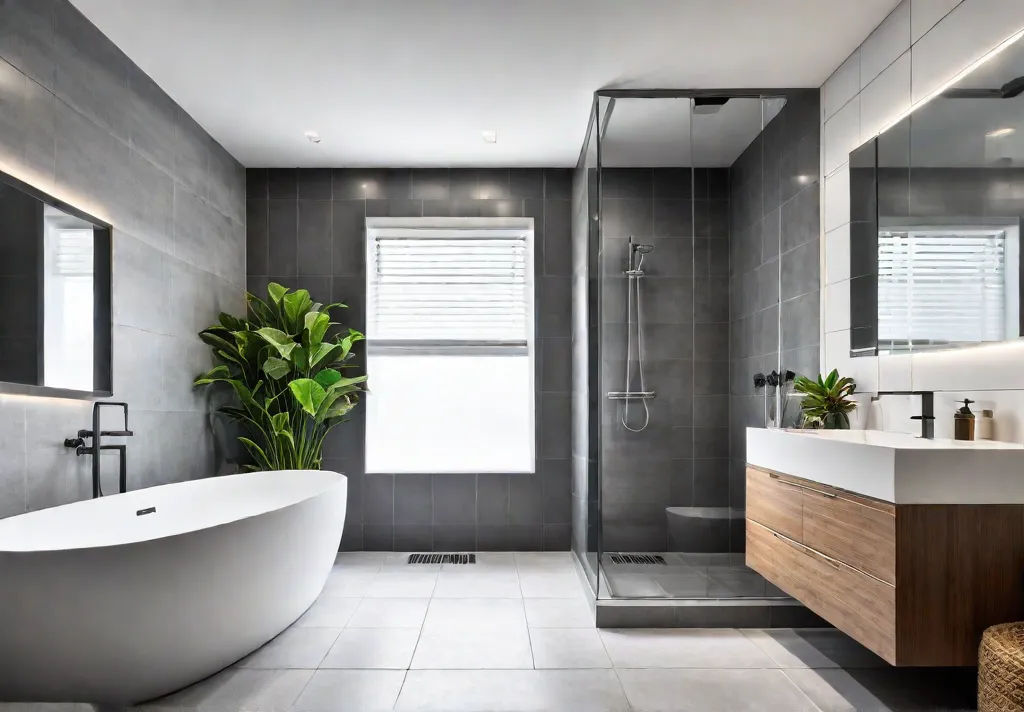Are you tired of feeling like your small bathroom is nothing more than a cramped, uninviting space? Get ready to be amazed because the secret to transforming your tiny bathroom into a true showstopper lies in the tiles you choose! That’s right, the humble tile can make all the difference in creating a visually stunning and functional bathroom, no matter the square footage.
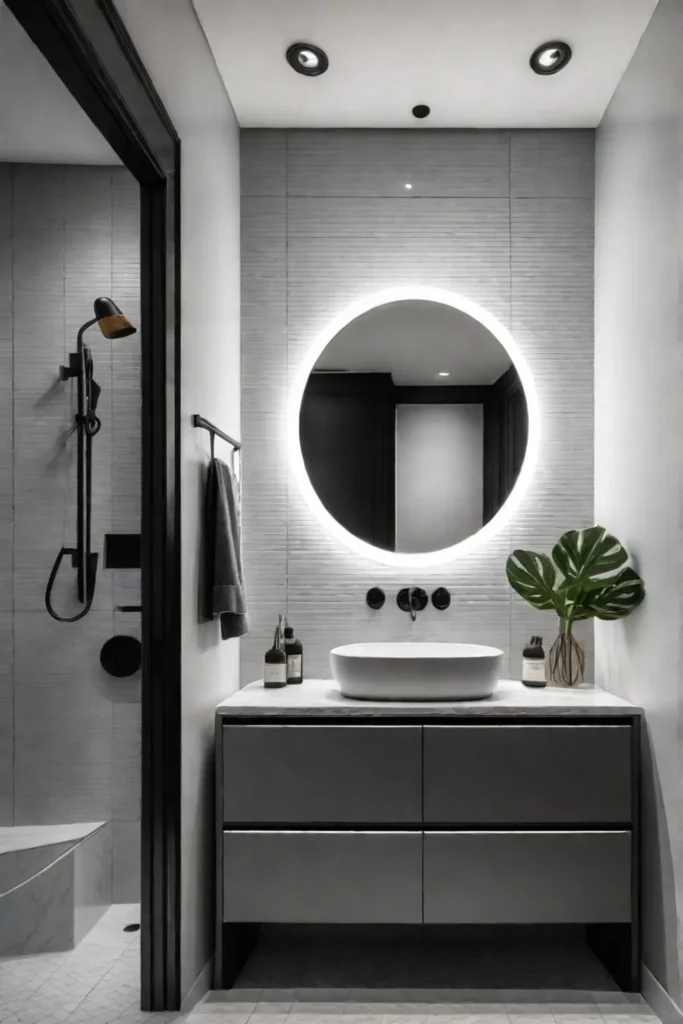
As a lifestyle blogger passionate about sustainable living, I’ve seen firsthand how the right tile selection can completely change the look and feel of a small bathroom. Whether you’re renovating your home or just looking to refresh your existing space, the tiles you choose can have a big impact. In this article, we’ll explore the key factors to consider when selecting tiles for your small bathroom, from materials and sizes to patterns and grout colors. By the end, you’ll be armed with the knowledge to create a small bathroom that packs a big punch!
Tile Materials
Let’s start with the foundation of your small bathroom design: the tile materials. The tiles you choose will set the tone for the overall aesthetic and play a crucial role in the functionality and durability of your space.
Ceramic tiles are a classic bathroom choice, offering various colors, patterns, and finishes. They’re non-porous and easy to clean, making them a great option for high-moisture areas. On the other hand, porcelain tiles are even more durable and water-resistant, making them a popular pick for small bathrooms. If you want to create a luxurious, spa-like atmosphere, natural stone tiles like marble or travertine can add a touch of elegance, though they require a bit more maintenance.
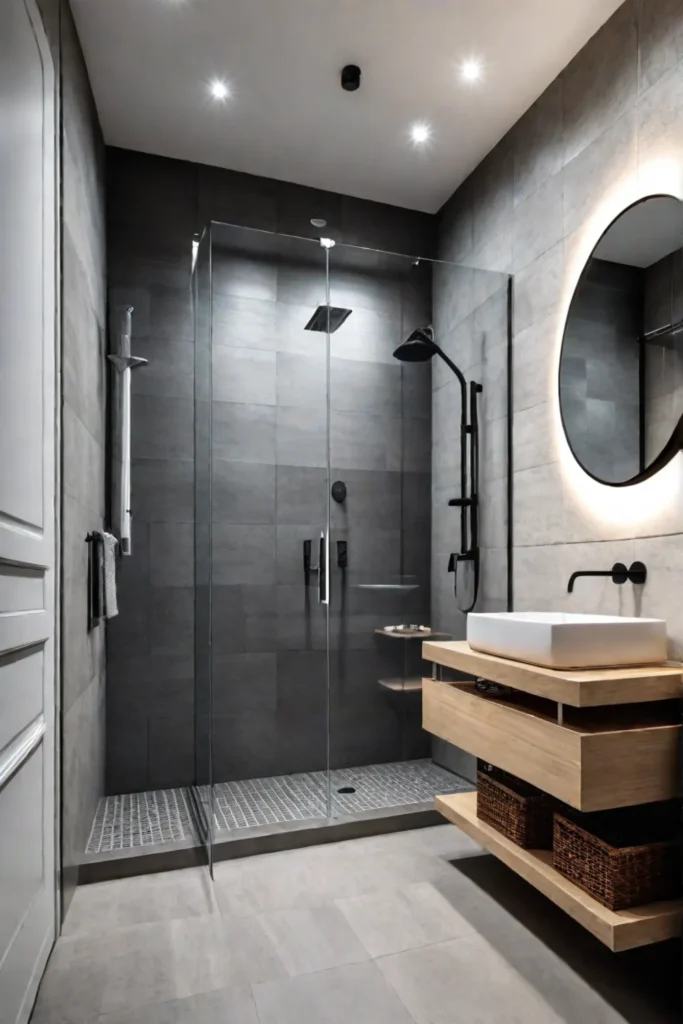
When selecting your tile materials, consider factors like durability, water resistance, and ease of cleaning. After all, your small bathroom will likely see a lot of moisture and foot traffic, so you’ll want tiles that can stand up to the challenge. And don’t forget to factor in your budget – tile materials can vary significantly in price, so finding the right balance between quality and cost is essential.
Tile Sizes
Now that you’ve sorted out the tile materials let’s discuss size. The size of the tiles you choose can greatly impact the perceived size and flow of your small bathroom.
Smaller tiles, like mosaics or penny rounds, can create a more intimate and detailed look, while larger tiles, such as 24×24 inch slabs, can give the illusion of a more spacious room. Medium-sized tiles, around 12×12 inches, offer a nice balance, providing a clean, modern aesthetic without feeling too cramped.
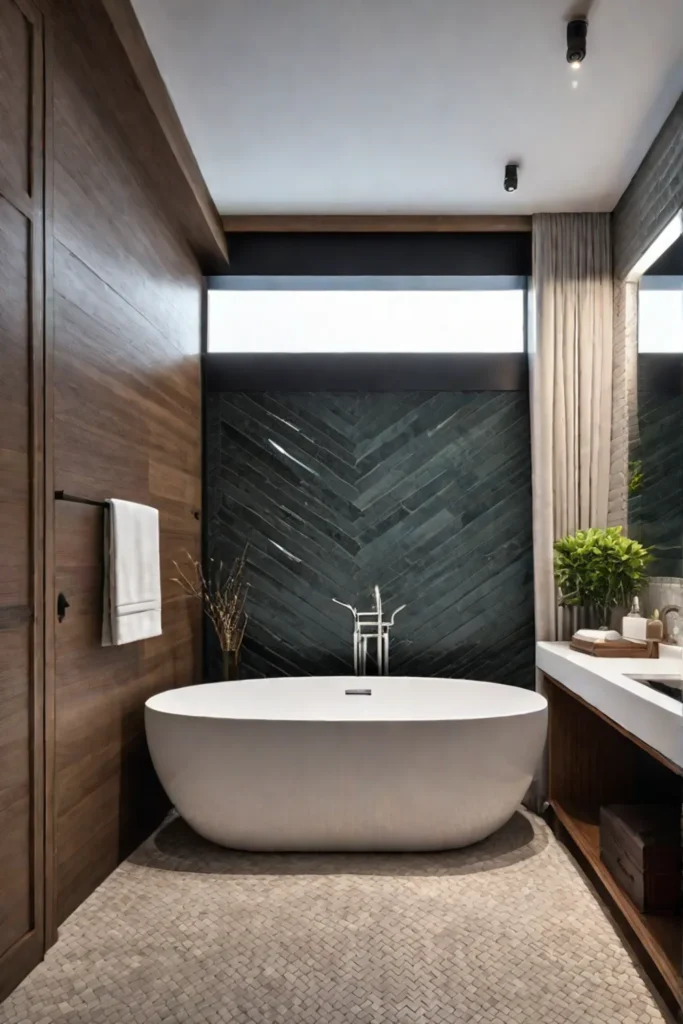
The key is to consider the dimensions of your bathroom and choose a tile size that complements the space. If you have a small, narrow bathroom, larger tiles might make the room more confined. On the other hand, if you have a slightly larger small bathroom, oversized tiles can help create a sense of openness and grandeur.
Don’t be afraid to get creative with your tile sizes, either. Mixing and matching different tile sizes, like using larger tiles on the floor and smaller tiles on the walls, can add visual interest and depth to your small bathroom design.
Tile Patterns
Now that we’ve covered materials and sizes, let’s explore the world of tile patterns. How you arrange your tiles can significantly impact the overall look and feel of your small bathroom.
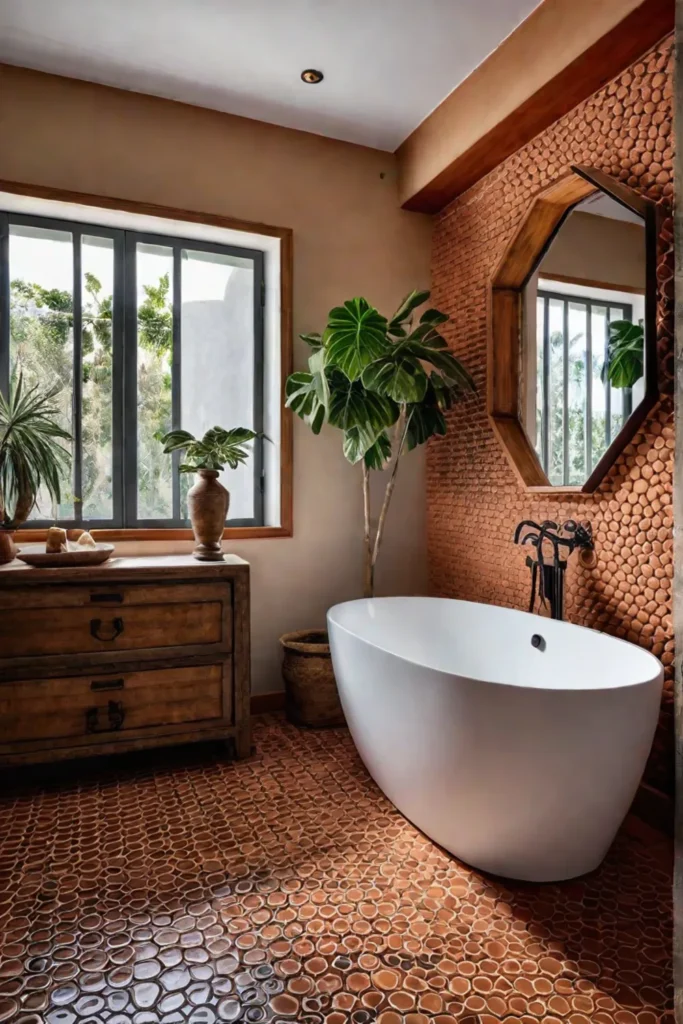
One of the most classic and clean-looking options is a simple grid pattern. This straightforward layout can help create a sense of order and spaciousness in a small bathroom. For a more dynamic look, consider a herringbone or diagonal pattern, which can draw the eye across the room and create the illusion of a larger space.
If you’re feeling adventurous, you could also experiment with hexagonal or mosaic tiles, adding a unique and eye-catching element to your small bathroom design. Just balance these more intricate patterns with other design elements to avoid an overwhelmed look.
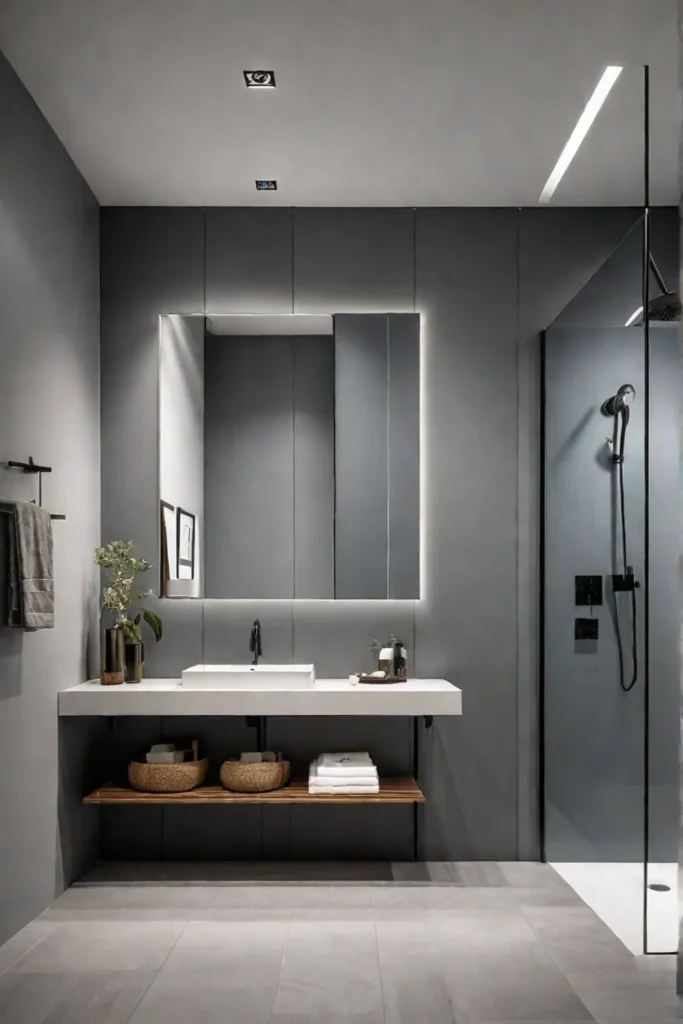
When selecting your tile pattern, think about the overall aesthetic you’re going for and how the pattern will interact with the size and shape of your bathroom. A bold, geometric pattern might look stunning in a small, rectangular bathroom, while a more organic, flowing pattern could complement a bathroom with lots of nooks and crannies.
Grout Colors
The final piece of the small bathroom tile puzzle is the grout color. While it may seem like a minor detail, the color of the grout can have a surprisingly significant impact on your space’s overall look and feel.
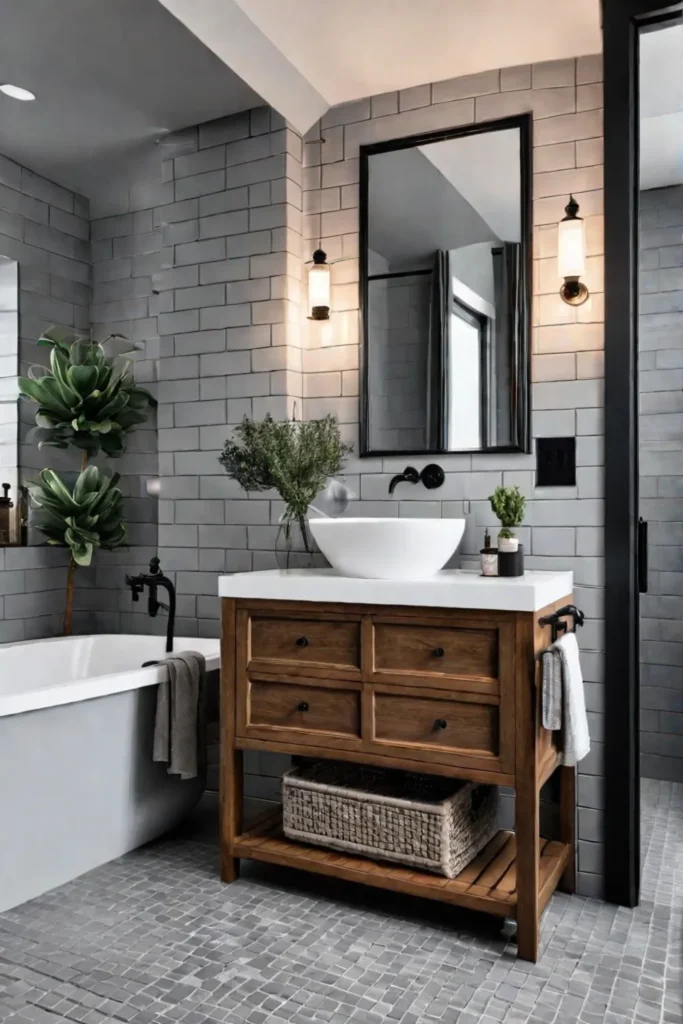
Contrasting grout colors, like dark gray or black grout with light tiles, can help accentuate the tile pattern and create a striking, modern look. On the other hand, matching the grout color to the tile can give your small bathroom a more seamless, cohesive appearance, making the space feel larger and more visually harmonious.
When choosing your grout color, consider the tile color, the desired visual effect, and the maintenance requirements. Lighter grout colors may show dirt and stains more easily, while darker grout can be more challenging to keep clean. It’s all about finding the right balance to suit your style and lifestyle.
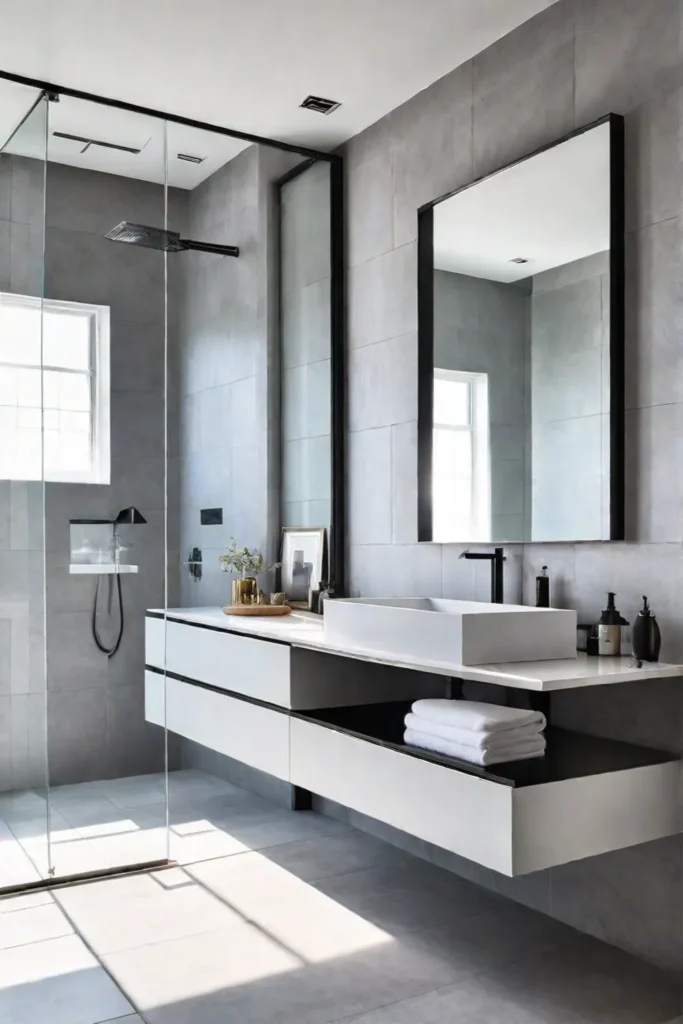
Conclusion
In conclusion, the tiles you choose for your small bathroom can make a big difference in the overall look and feel of the space. You can transform your tiny bathroom into a true oasis of style and functionality by carefully considering the materials, sizes, patterns, and grout colors.
Remember, there’s no one-size-fits-all solution for small bathroom tile design. The key is to explore your options, get creative, and find the perfect combination that speaks to your aesthetic and meets the unique needs of your space. With some planning and inspiration, you can create a small bathroom with a big punch!
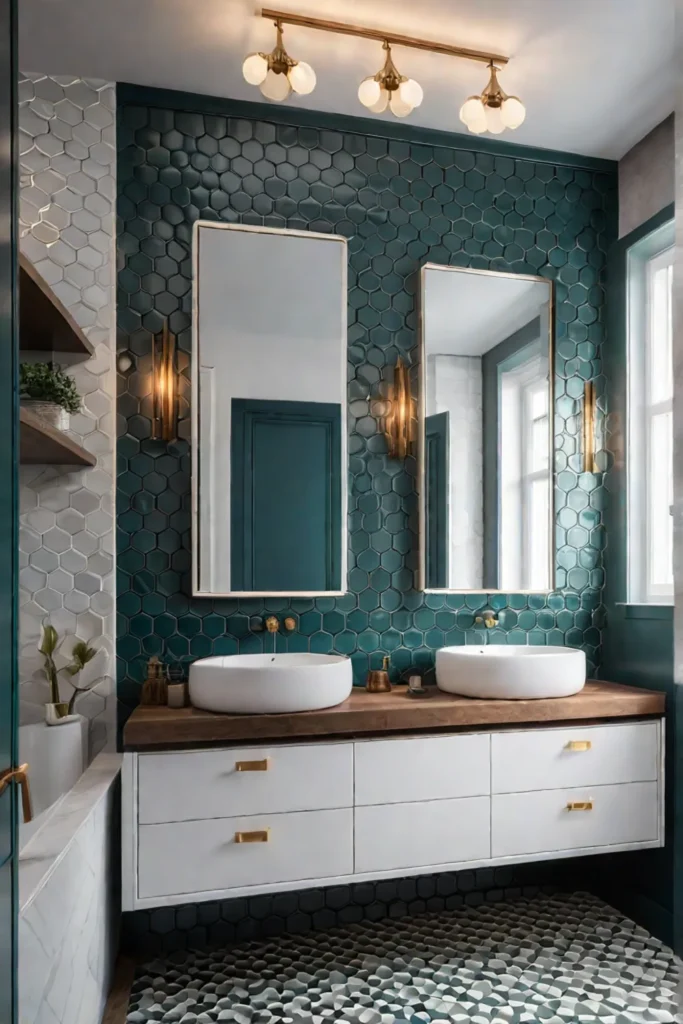
So, what are you waiting for? Start browsing those tile samples and prepare to make your small bathroom dreams a reality. Happy tiling!
